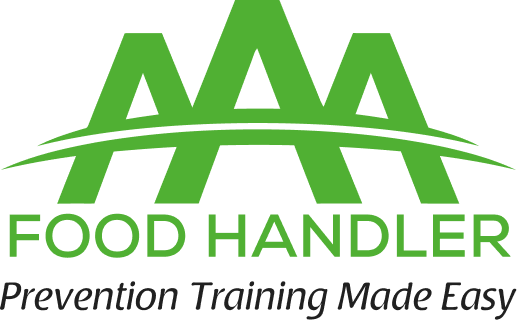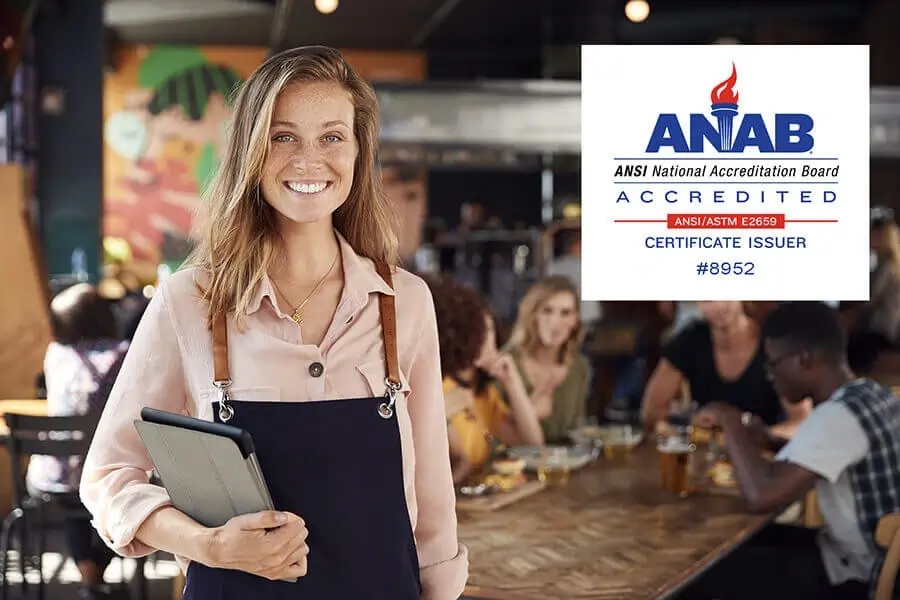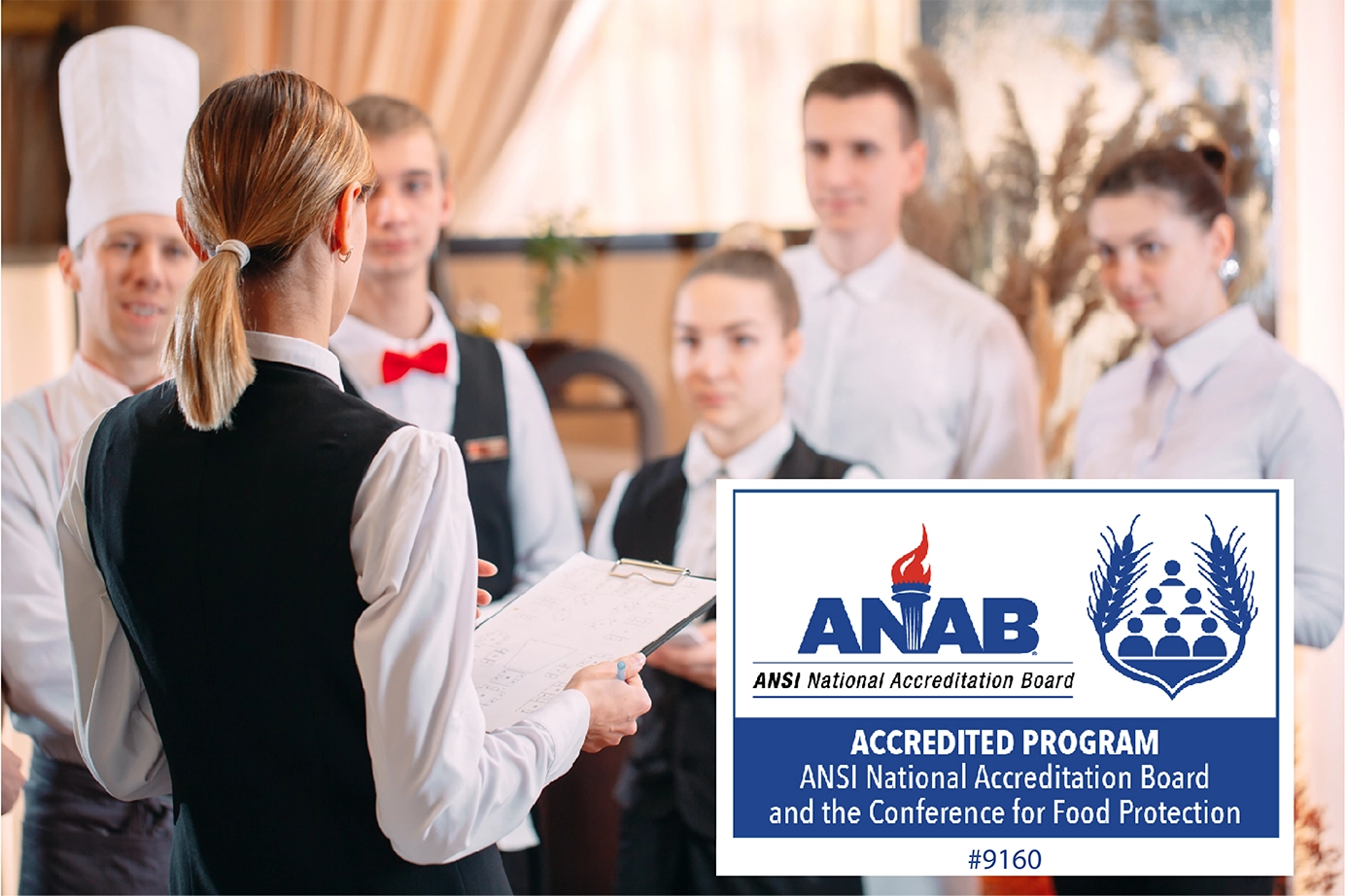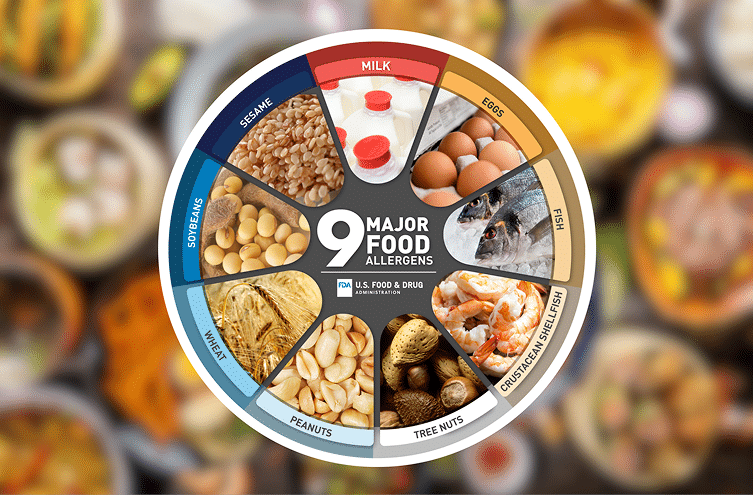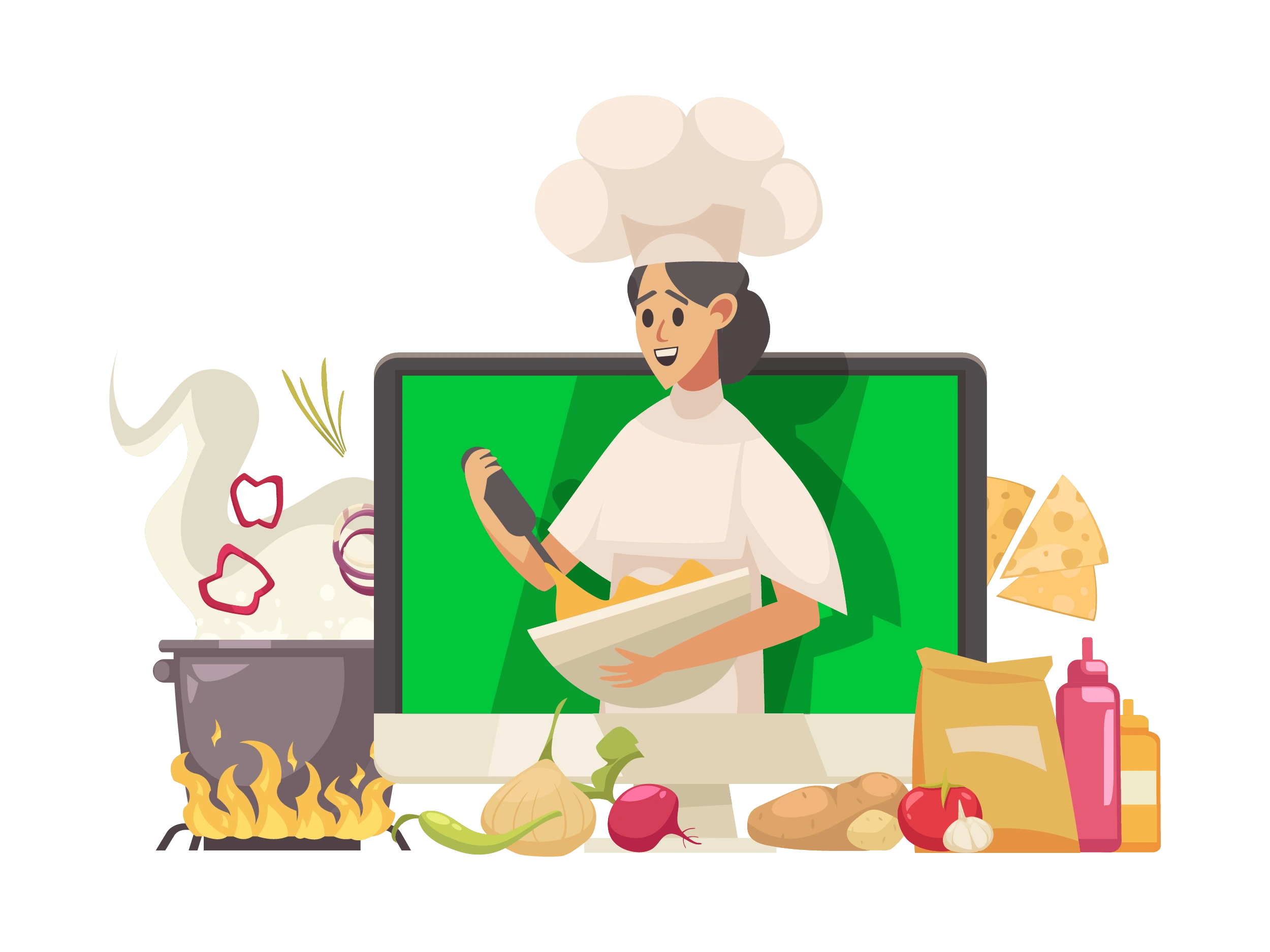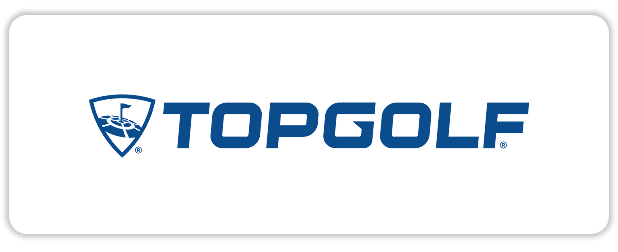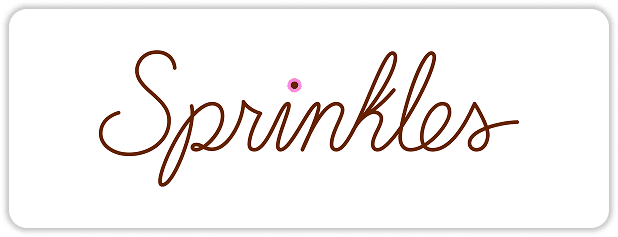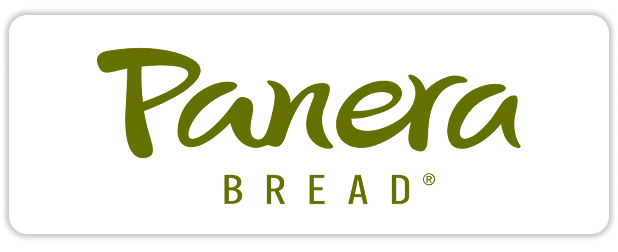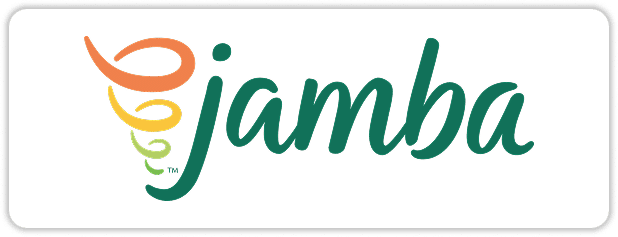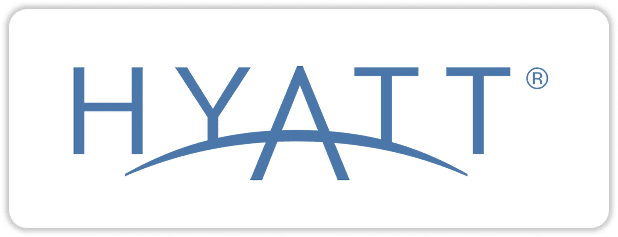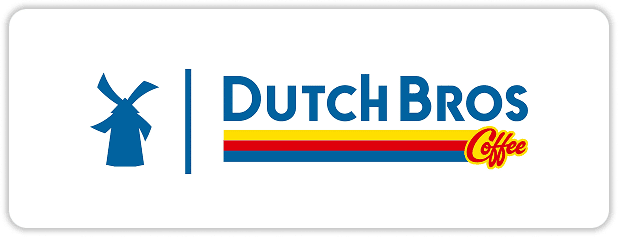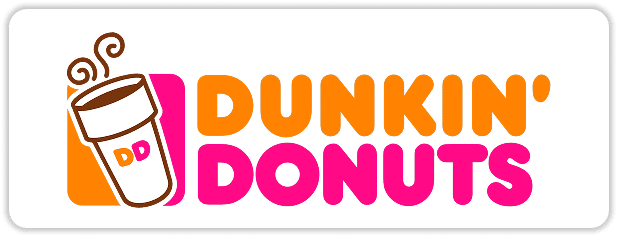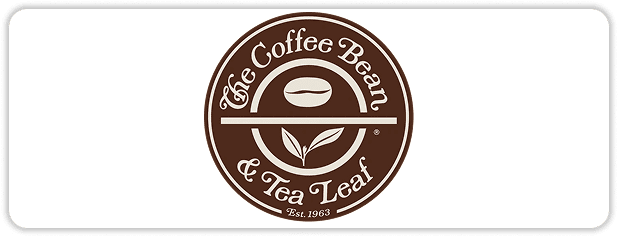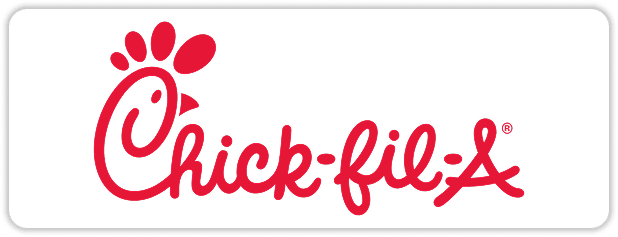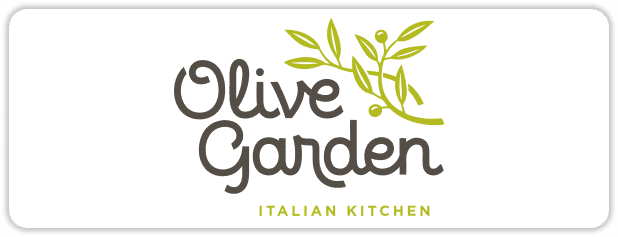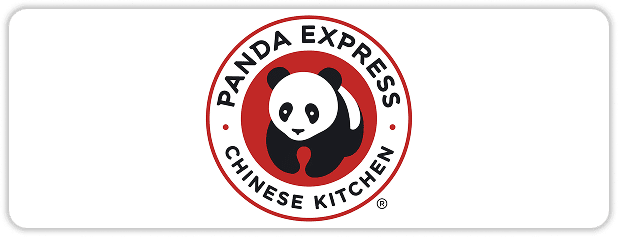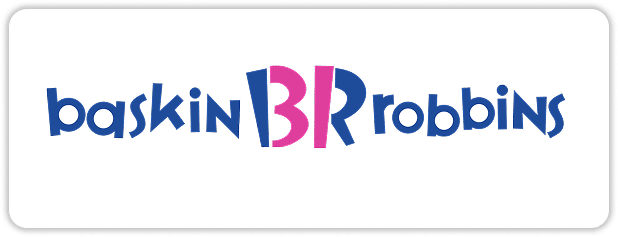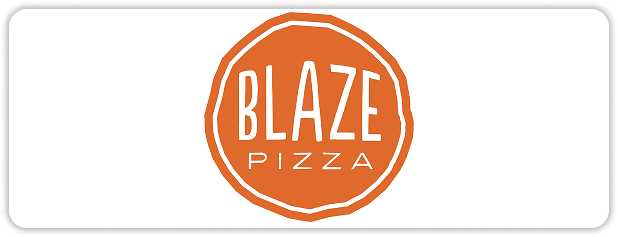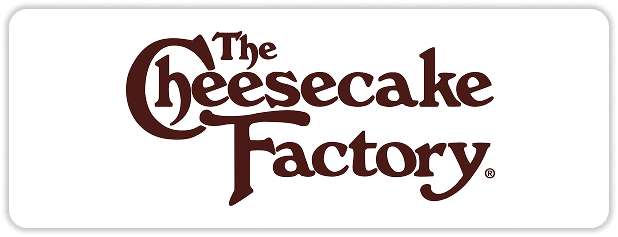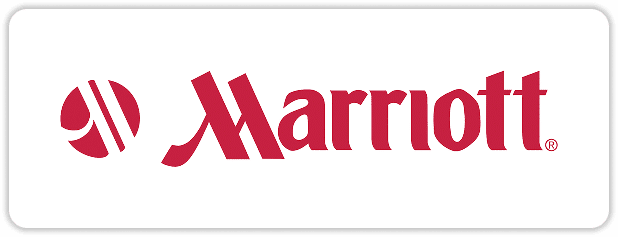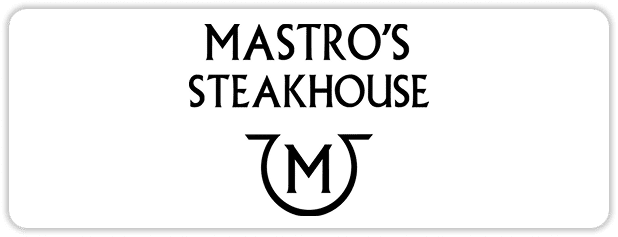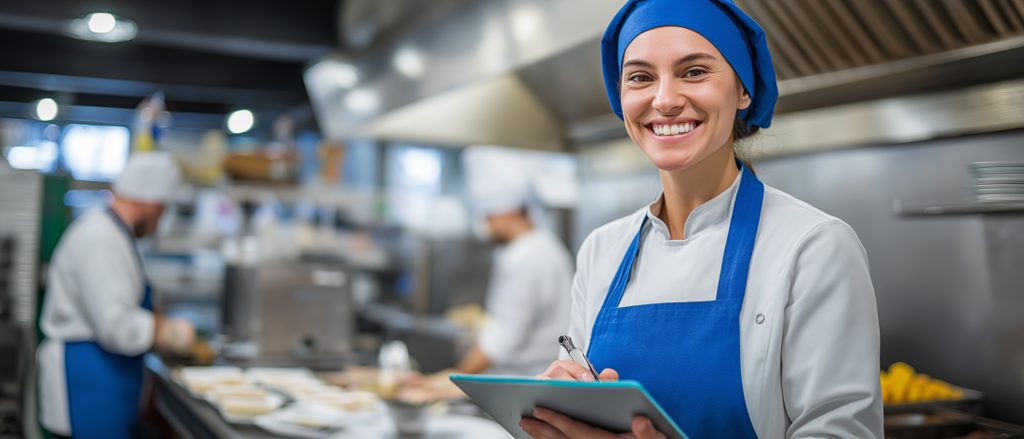
Mastering Food Safety: Your Complete Guide to Food Handlers Test Answers
Passing your food handlers test is your first step to mastering safe food handling in any kitchen. But beyond just earning a certificate, understanding proper food safety practices ensures a cleaner, safer kitchen and healthier customers.
The ANSI-accredited online course covers topics such as handwashing, temperature control, cross-contamination prevention, and sanitization, while also meeting local regulations. Accessible 24/7, flexible to your schedule, and cost-effective, the course lets you download your card immediately after passing. Whether you’re new or renewing your certification, AAA Food Handler helps you stay compliant, protect public health, and confidently apply your knowledge in real kitchen situations.
This guide answers the most common questions about the food handler course, exam, and certification while providing practical tips to help you confidently apply your food handlers test answers in real-world situations.
How to Get Your Food Handler Card
- Step 1: Choose your state-approved course (online or in-person).
- Step 2: Complete the training, focusing on food safety practices, hygiene, and hazard prevention.
- Step 3: Take the exam (usually multiple-choice).
- Step 4: Receive your food handler card, which is valid for 2–3 years, depending on your state.
- Step 5: Keep a copy at your workplace and update it before the expiration date.
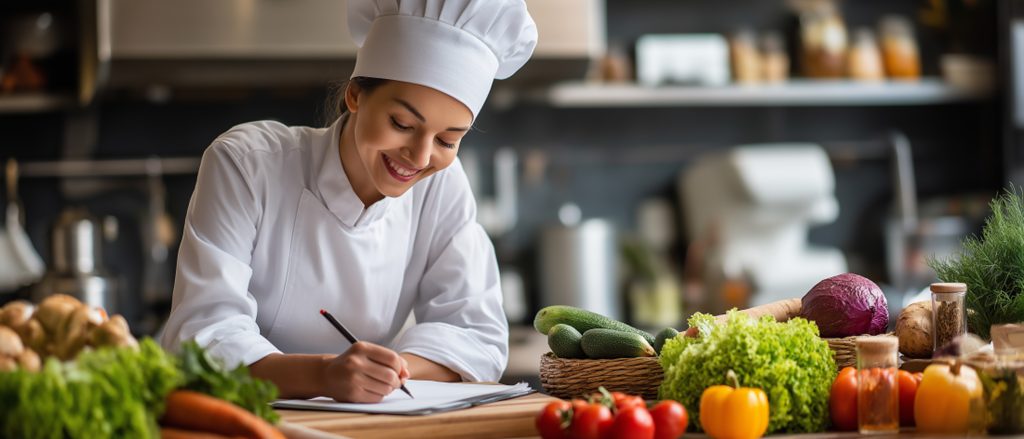
Learn From Food Handler Test Answers Guide
1.How long should food handlers scrub their hands and arms to ensure proper hygiene?
- At least 5 seconds
- At least 10 seconds
- At least 20 seconds
- At least 40 seconds
2. What action should be taken if prepared or cooked food stays too long in the unsafe temperature range?
- Reheat it to 165ºF
- Stir and check its temperature
- Cool it quickly and refrigerate
- Discard it immediately
3.Where should raw meat be stored in a refrigerator to prevent contamination?
- On the top shelf above all other food
- On the bottom shelf in a sealed container
- Next to cooked food to save space
- In an open tray for air circulation
4. How should a food handler manage a cut or wound on their hand?
- Rinse it with warm water
- Cover it with a bandage and wear gloves
- Keep working without covering it
- Clean it at the end of the shift
5. Which type of food must reach a minimum internal temperature of 165ºF (74ºC)?
- Ground beef
- Poultry
- Seafood
- Pork chops
6. Why is it important to label and date prepared foods?
- To identify portion sizes
- To ensure proper rotation and prevent spoilage
- To make food appear professional
- To help with daily cleaning schedules
7. What is the safest way to thaw frozen food?
- On the counter at room temperature
- In hot water for 30 minutes
- In the refrigerator overnight
- Near a warm stove
8. What should be done if a food handler sneezes near uncovered food?
- Wipe the area with a napkin
- Continue working carefully
- Discard the contaminated food
- Spray sanitizer on the food
9. Which practice helps prevent pest infestations in food preparation areas?
- Keeping food covered and stored properly
- Leaving trash bins uncovered
- Storing cleaning chemicals near dry goods
- Allowing crumbs to accumulate overnight
10. Why should food handlers avoid eating, drinking, or chewing gum in prep areas?
- It distracts from work
- It increases the risk of contaminating food
- It makes the workspace untidy
- It slows down service time
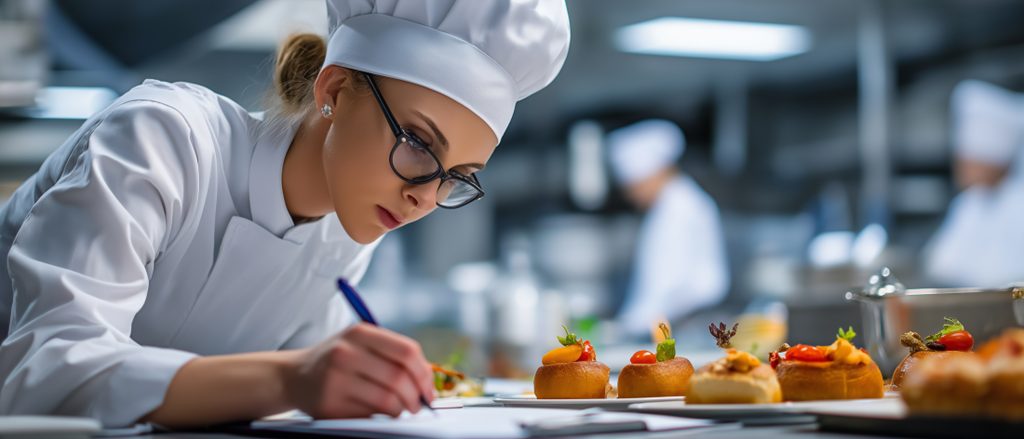
Answers
1. C. At least 20 seconds
Scrub your hands and forearms thoroughly for 20 seconds or more, lathering with soap and rinsing with warm water that is effective. This thorough hand washing effectively removes bacteria, dirt, and food particles. Be sure to clean under fingernails, between fingers, and up to the forearms. Then, rinse and dry your hands with a clean paper towel.
2. D. Discard it immediately
Do not serve food that has stayed between 41ºF and 135ºF (5ºC–57ºC) for longer than four hours—discard it immediately. Bacteria multiply rapidly at these temperatures, making the food unsafe even if it is later reheated.
3. B. On the bottom shelf in a sealed container
It is always recommended and preferable to store raw meat on the bottom shelf of a refrigerator to prevent drips onto cooked or ready-to-eat foods. Using sealed containers adds an extra layer of protection, reducing the risk of cross-contamination.
4. B. Cover it with a bandage and wear gloves
Cuts and wounds can harbor harmful bacteria. Hence, it is recommended that when handling food, every Food handler must wear gloves the entire time and cover any wounds with a waterproof bandage. Open or uncovered wounds increase the risk of contaminating food and spreading illness.
5. B. Poultry
For both safety and optimal taste, poultry should be heated internally to 165°F (74°C) to effectively destroy bacteria such as Salmonella and Campylobacter. In order to inspect the thickest part of the meat, a food thermometer is preferable for accurate results.
6. B. To ensure proper rotation and prevent spoilage
Labeling and dating prepared foods help maintain proper inventory management. This practice ensures older items are used first, reduces spoilage, and prevents serving unsafe or expired food to customers.
7. C. In the refrigerator overnight
Thawing food in the refrigerator keeps it at a safe, controlled temperature below 41ºF (5ºC). Thawing food outside the refrigerator or in warm water can accelerate bacterial multiplication and should be avoided.
8. C. Discard the contaminated food
If a food handler sneezes near uncovered food, it may deposit bacteria or viruses onto the food. To prevent illness, any potentially contaminated food must be discarded immediately. Hands should be washed and surfaces sanitized right after the incident.
9. A. Keeping food covered and stored properly
Preventing pest infestations requires proper food storage, cleaning up spills promptly, using sealed trash containers, and conducting routine inspections. These steps stop rodents and insects from contaminating food and food-contact surfaces.
10. B. It increases the risk of contaminating food
Eating, drinking, or chewing gum in food prep areas can transfer saliva, bacteria, or food particles to surfaces and ingredients. Food handlers should consume food and beverages only in designated areas to maintain a safe and hygienic workspace.
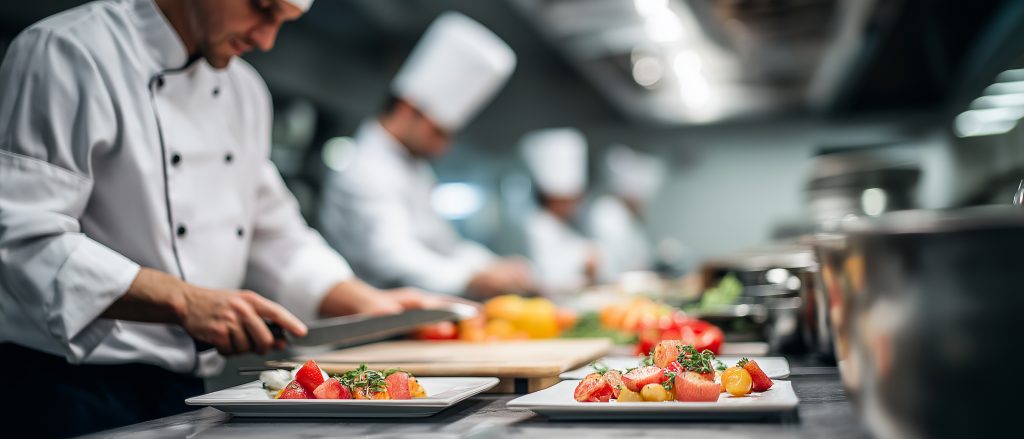
Ready, Set, Test!
Our AAA Food Handler Course covers all the essentials you need to prepare for the real exam—complete with interactive lessons and key safety principles.
AAA Food Handler Tip: Treat leftovers with respect. Smart storage, proper labeling, and timely consumption mean you enjoy every bite safely, keeping your family, customers, or yourself healthy and happy.
